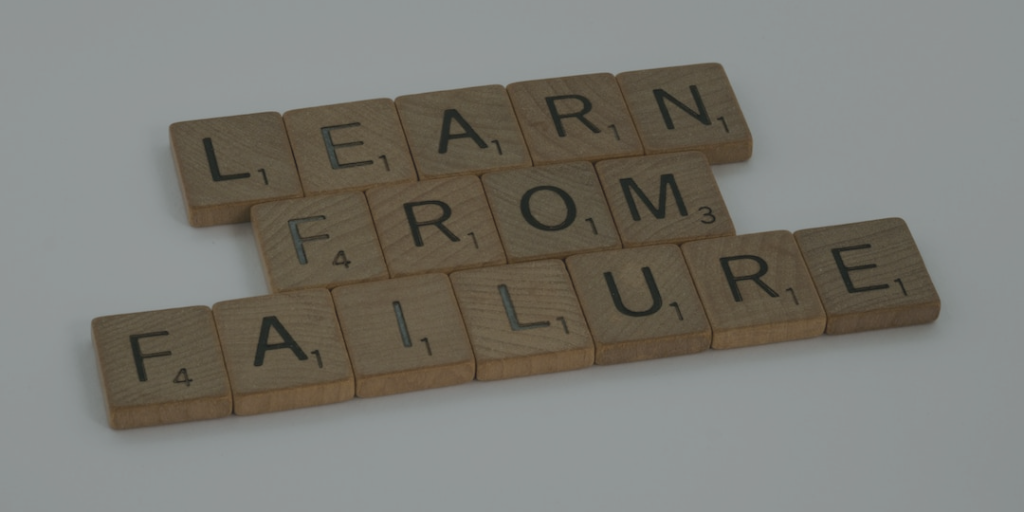For many of us, seeing the word “failure” stops us cold. Our parents often insulated us from failure in our early years, hoping to protect us from the accompanying disappointment. When we entered school, we were taught that the line between success and failure is a well-defined percentage, and if we failed too often, we would be deemed unprepared to move to the next grade. Even as adults, many of us would assert that we’ve reached our current leadership level despite our failures.
Yet, many talented authors, inventors, and world leaders embrace failure and praise its virtues. Consider these three examples:
- Sir James Matthew Barrie, Scottish author and dramatist, best known for creating Peter Pan, asserted, “We are all failures—at least the best of us are.”
- Thomas Edison, the American inventor, and businessman proclaimed, “I have not failed. I’ve just found 10,000 ways that won’t work.”
- Sir Winston Leonard Spencer-Churchill, British prime minister, declared, “Success is not final, failure is not fatal: it is the courage to continue that counts.”
Why were these individuals so bold in their observations? Because they knew from personal experiences that failure—properly responded to—can create resilience, develop maturity, encourage us to take calculated risks, prompt innovation, and motivate us.
So how do we get comfortable with a concept that we’ve been conditioned to avoid? Here are two ways we can become comfortable with failure.
Redefine the Term
How do you define “failure” right now? Stop for a moment, say the word out loud, and write a definition. You may even want to write the associated feelings you have when you say the term. For those who struggle with failure, we may subscribe to one or more of these common beliefs about failure that John Maxwell wrote about in Failing Forward:
- It’s avoidable (i.e., “If only I would have…).
- It comes in a single moment (e.g., like failing a test).
- It’s objective (e.g., back to that 69% and under rule we learned in school).
- It’s the plague (i.e., to be avoided at all costs).
- It’s permanent (i.e., irreversible, final).
- It brands us (i.e., stigma).
Consider this alternative definition: failure is an opportunity to take responsibility, to learn, to grow, and to try again. What would you add?
Know When to Quit
There’s a difference between failure and FAILURE. At a systemic level, today’s world is a stark reminder of that truth as we acknowledge that capital-letter failure is reserved for situations in which safety is compromised. So how do we ensure that failure doesn’t become FAILURE? We adapt the advice of David Epstein, author of Range, who writes: “Knowing when to quit is such a big strategic advantage that, before undertaking an endeavor, you should enumerate conditions under which you should quit.” In other words, we should identify what failure and FAILURE mean in our decisions, projects, etc. and classify what failures we can embrace and those that we can’t risk.
—–
From Concept to Practice: Identify one decision, project, etc. you’d like to implement but have avoided due to failure’s shadow. Now take a moment to consider, if you failed in this endeavor, what would that mean? Are these failures you can embrace? Is there a point in your scenario when failure would become a FAILURE?


















